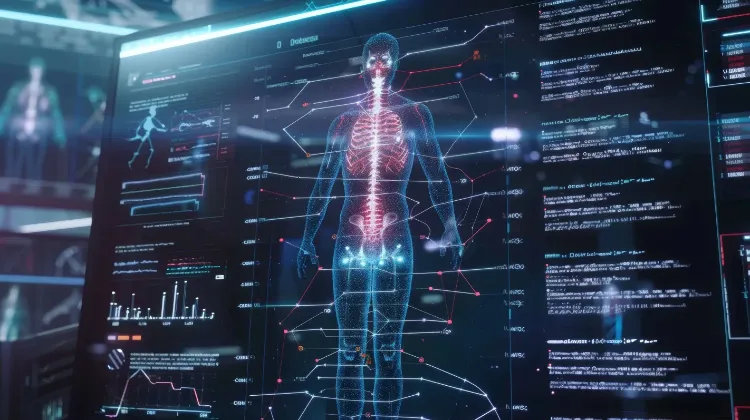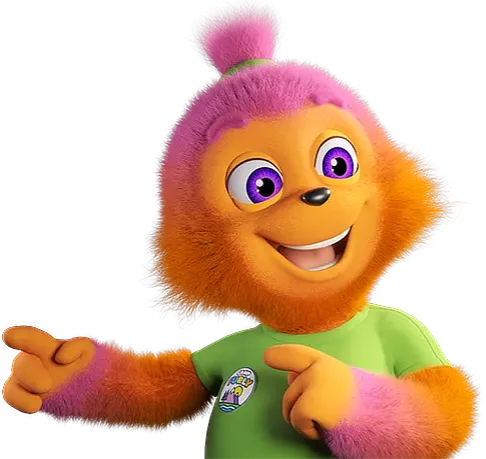In an era where technology continuously reshapes our world, 3D animation stands out as a powerhouse in transforming industries, especially healthcare. From patient education to medical training, the integration of 3D animation is making healthcare more accessible, engaging, and effective. This post explores how 3D animation is becoming integral in healthcare, providing insights for animation enthusiasts, healthcare innovators, and medical professionals alike.

Bridging the Gap between 3D Animation and Healthcare
The confluence of 3D animation and healthcare is a perfect example of technology enhancing human well-being. 3D animation offers a dynamic and visual approach to complex medical concepts, making them easier to understand. This synergy is revolutionizing how information is communicated within the healthcare ecosystem.
For animation enthusiasts, it's thrilling to see their craft impact lives in such profound ways. Meanwhile, healthcare innovators are finding new avenues to leverage animation for better patient outcomes. This intersection is not only about advancing medical training but also about transforming patient care by simplifying complex information into visually appealing and understandable content.
This post will unravel how 3D animation is being employed in different facets of healthcare and why it holds the key to the future of medical training and patient empowerment.
The Role of 3D Animation in Patient Education and Empowerment
Imagine explaining a heart surgery to a patient using static images or complex jargon. Now contrast that with a 3D animation that walks them through the procedure step-by-step. 3D animation in patient education makes medical processes much more digestible, reducing anxiety and increasing compliance.
Animation provides patients with a visual representation of their health conditions and treatment plans. For example, animated videos illustrating how medications work can significantly improve patient adherence to prescriptions. This enhanced understanding empowers patients to make informed decisions about their healthcare, ultimately leading to better health outcomes.
Using animation to demystify medical procedures allows healthcare providers to build trust with their patients. A study highlighted that patients who viewed animated educational materials reported better understanding and satisfaction. This shift towards visual storytelling fosters a collaborative relationship between patients and their healthcare teams.
3D Animation for Medical Training and Skill Enhancement
Medical training has traditionally relied on textbooks, lectures, and real-life experiences. 3D animation is adding a new dimension to these methods, transforming how medical knowledge is imparted and skills honed. Through realistic simulations, medical students and professionals can practice procedures in a risk-free environment.
Surgical simulations are one of the most impactful applications of 3D animation in medical training. For instance, a case study involving surgical residents demonstrated significant improvement in their skills after engaging with animated simulations. These tools provide a detailed, hands-on experience, allowing learners to visualize and practice complex techniques repeatedly.
The result? Better-prepared medical professionals equipped with the confidence and expertise needed for real-world scenarios. Animation not only enhances learning but also ensures a higher standard of care for patients, as professionals can refine their skills without the risk of errors in actual medical procedures.
The Future of Healthcare with 3D Animation
The future of healthcare is bright, with 3D animation at its core. Emerging technologies such as virtual reality (VR) and augmented reality (AR) are further amplifying the impact of animation in healthcare. These technologies offer immersive experiences that can simulate real-life medical scenarios, enhancing both patient education and professional training.
Trends indicate an increasing adoption of 3D animation for personalized medicine, where animations are tailored to individual patient needs. This customization enables healthcare providers to offer precise guidance and treatment plans. The potential for 3D animation to transform telemedicine is also immense, making remote consultations more effective by incorporating animated visuals.
In the coming years, we can expect 3D animation to be an integral part of healthcare strategies worldwide. Its ability to convey complex information in a simplified manner positions it as a vital tool for patient engagement and medical education.
Challenges and Overcoming Barriers in Implementing 3D Animation in Healthcare
Despite its benefits, incorporating 3D animation in healthcare is not without challenges. One major barrier is cost. Developing high-quality animations requires significant investment in technology and expertise. However, as technology evolves, these costs are expected to decrease, making animation more accessible.
A lack of technical skills can also hinder the adoption of 3D animation . Training healthcare staff to effectively use and interpret animations is crucial. Collaborative efforts between animation experts and healthcare professionals can bridge this gap, ensuring that animations serve their intended purpose effectively.
Ethical considerations must also be addressed. Ensuring patient privacy and consent when using animations for educational purposes is paramount. Clear guidelines and protocols must be established to safeguard patient information and uphold ethical standards.
The Path Forward for 3D Animation in Healthcare
The integration of 3D animation in healthcare is a testament to the power of creativity and technology in advancing human health. For animation enthusiasts, it's a chance to contribute to a field that impacts lives. Healthcare innovators and medical professionals have an opportunity to harness this tool for better patient care and medical education.
To further explore the potential of 3D animation in healthcare, consider collaborating with experts in both fields. Share your experiences and insights, and encourage others to adopt this innovative approach. By working together, we can continue to push the boundaries of what's possible in healthcare, creating a future where every patient receives the best care possible.
For those eager to learn more, connecting with industry leaders and attending workshops and conferences focused on 3D animation in healthcare can provide valuable insights and networking opportunities. Let's continue to champion the use of animation to revolutionize healthcare, ensuring that it remains a powerful ally in improving lives.
Exploring Further in the World of 3D Animation and Healthcare
For readers interested in the intersection of 3D animation and healthcare, several resources can deepen your understanding. Online courses and webinars on medical animation offer insights into its applications and technology. Engaging with professional communities and forums can provide first hand experiences and tips from peers and experts alike.
Books and research publications on medical animation and its impact on healthcare offer in-depth perspectives. Consider exploring case studies and white papers from organizations that have successfully integrated 3D animation into their healthcare practices. These resources can offer practical insights and inspire further innovation.
The convergence of 3D animation and healthcare is an exciting frontier. By staying informed and actively participating in discussions and collaborations, you can contribute to shaping the future of healthcare in meaningful ways.
Looking for a 3D Animation studio
Call now +44 (0) 7798 834 159

